This lovely song captures a sense of eternity and ministers to the inner places of one's soul. Here my friend Mary Bowers offers a beautiful rendition of this traditional hymn via her distinctive voice and unique powers of artistic interpretation.
|
Words by Aurelius C. Prudentius, 4th Century, translated by John M. Neale and Henry W. Baker. This melody is also known as "Divinum Mysterium," 13th Century Plainsong arranged by C. Winfred Douglas in 1916. My friend Mary has sung professionally with the Phoenix Bach Choir (now known as the Phoenix Chorale) and has studied Classical music for many years. She loves to play the hammered dulcimer and is an accomplished pianist and organist who also loves folk music. I accompany Mary on my vintage 1950's Scandalli accordion, a 4/5 reed instrument in LMMH configuration.
This lovely song captures a sense of eternity and ministers to the inner places of one's soul. Here my friend Mary Bowers offers a beautiful rendition of this traditional hymn via her distinctive voice and unique powers of artistic interpretation.
0 Comments
My dear friend Mary sings this traditional Southern American folk melody as I accompany her on my vintage 1950's Scandalli accordion (LMMH, 4/5 reeds). Mary has sung professionally with the Phoenix Bach Choir (now known as the Phoenix Chorale), and is also an accomplished pianist/ organist and hammered dulcimer player. She loves Classical music as well as folk music and traditional hymns and spirituals
This Southern American Folk melody is one of my favorites and offers unique changes from major to minor key in an atmospheric and captivating manner. My friend Mary Bowers reveals her marvelous gifts in vocal artistry in this memorable video recorded several years ago. The sheet music is from a collection of hymn tunes and folk songs arranged by Hal Leonard. The vintage 1950's Scandalli accordion was given to me as a gift from friends around 2003 at a time when I could not afford to purchase a new instrument. My friend Jerry Sleger from Wisconsin did some repair, tuning and restoration on this accordion, allowing for full performance capability of those remarkable Italian reeds. Variations on a Swedish tune entitled "Christmas Day," from "Wee Sing for Christmas," published by Price, Stern, Sloan and collected and arranged by Pamela Conn Beall and Susan Hagen Nipp. I have added some improvisational elements to these variations, in both tempo and melodic line, allowing for an eclectic mix of styles and expressive moods. Performed upon the Hohner musette accordion, a 4/5 reed instrument in LMMM configuration.
This tune also appears in "Wee Sing - More Bible Songs" as "Father Noah" with different lyrics by Nancy Klein set to the same Swedish melody. I like variations because they permit the musician some creative potential in which to rearrange musical elements and present new ways of hearing familiar songs. This Hohner musette accordion allows for a wide variety of different reed voices to change the atmosphere, tempo and texture of each variation. Until recently I have not had access to a local pipe organ, but I would like to hear similar variations on that instrument as well. One of the strengths of the Hohner is the richness of the bassoon register which permits almost a Jazz-like flavor to the music. The musette tuning is especially popular in Europe and Latin America as well as in American folk music. An arrangement by Elsie M. Bennett (nee Blum) from the publication "Hebrew and Jewish Songs and Dances - Volume One," published by Pietro Deiro Publications in New York City. All of the selections in this music book have been compiled and arranged by Elsie Bennett, a very talented accordionist and music teacher. Elsie held degrees from Columbia University Teachers College in New York and Wayne University in Detroit, and also managed her own studio and music shop in Brooklyn for many years. Elsie was a champion of sponsoring new music and Classical pieces for the accordion and a tireless promoter of accordion artistry. Performed upon my vintage 1950's Hohner Tango II M accordion, a 3/5 reed instrument in LMM configuration. Hohner produced this model between 1953 and 1961.
I love all of Elsie Bennett's arrangements for accordion in the volume entitled "Hebrew and Jewish Songs and Dances - Volume One," published by Pietro Deiro in NYC. I have not been able to find a copy of Volume Two, and it appears these are long out of print. Henry Lefkowitch of Metro Music Company and Harry Coopersmith of the Jewish Education Committee of New York assisted Elsie in the selection of these marvelous compositions. Esther Youlous and Esther Golbert helped to edit the text, according to the Publishers. Elsie's arrangements are the best I have found for their accessibility and ease of play for many students of the accordion. This particular volume contains many well-loved traditional hymns, folk songs, popular tunes and folk dances. My friend Jerry Sleger helped to tune this vintage Hohner and partially restore the instrument with new wax and leathers. I find that vintage instruments possess the acoustic sounds I am looking for in music of this variety, far more than modern instruments of recent manufacture. And there is always the unique satisfaction gained by holding in your hands a marvelously put-together instrument which allows the music to blossom and sing according to the spirit of the composition. A traditional hymn performed upon the vintage 1950's Hohner Tango IIM accordion, a 3/5 reed instrument in LMM configuration. The sheet music is from "Hymns For Accordion," published by Empire Music Publishers, New Westminster, B.C. Canada. A brief clip of this song may be heard in the Robert Zemeckis 2004 animated film "The Polar Express" as the Hero Boy approaches the Hobo playing a hurdy-gurdy on top of one of the fast moving train coaches on the way to the North Pole.
Hohner produced this model between 1953 and 1961. It is lightweight enough that you could stroll with it and still enjoy those distinctive Hohner reeds. By pressing the adjacent bass buttons, one can emulate the sound of the hurdy-gurdy on this vintage Hohner accordion. Instead of just playing the single G chord, here I am holding down the G and D bass buttons, then the D and A and the C and G buttons in proper musical sequence. The lightest bass register setting is chosen here in order to enhance the special characteristics of the Hohner bass reeds. This improvisation was inspired by listening to the great pipe organs built by Aristide Cavaille-Coll (1811-1899), one of the most visionary and influential figures in the history of music. Other influences include the music of Cesar Franck (1822-1890), Frederic Chopin (1810-1849), and Franz Liszt (1811-1886). Performed upon my vintage 1950's Iorio accordion, a 4/5 reed instrument in LMMH configuration. The impressionistic character of this music reflects back upon a wilderness hiking trip I enjoyed many years ago in the State of Arizona. With some friends I traveled just north of Tortilla Flat and found a remarkable canyon which allowed a steep descent to the rocky floor below. We clambered down the angular incline and found a series of huge boulders amid the cool desert scenery. There were pools of stagnant water left behind after a recent spate of rain, and the canyon walls became orange reflections in the deep blue-green waters. A small stream fed manifold patches of brilliant green lichen and colorful moss. The air was clear and breathtaking as we looked up at the high canyon walls, perhaps as high as 400 to 500 feet. Everywhere we walked there echoed an immense and satisfying silence, except for the buzz of busy insects and curious flying birds. We came upon a perfectly flat rock in the middle of the canyon and stopped to have lunch and admire the beauty of this exotic place. When we had traversed the entire length of the canyon, we started to hike back up to the road, being careful not to disturb the cactus or other flowering plants. It was a breathtaking climb but a glorious sight to look down upon the entire length of wilderness we had just traveled through. This assortment of photographs gives a fairly representative selection of the views and scenery which can be seen at this location. The area is approximately 1.5 miles north of Tortilla Flat, on the east side of the road with minimal space for parking a vehicle. You can spend quite a long time in the canyon and surrounding territory, so it is best to start early on your hike, wear comfortable shoes and appropriate clothing, pack a good lunch or nutritious snack, bring plenty of water and travel with at least one experienced companion. The steep climb down the canyon provides a breathtaking view of the enormous size of this remarkable landscape. As you travel along the corridor of the canyon floor, you look up and see the incredible heights above glowing in shades of orange, tan, grey or pastel green. Sometimes the canyon looks like a blue and purple sunken temple of rocks and palatial boulders. Toward the southern end the views open up considerably and you can again appreciate the expansive panoramas afforded by an ambitious day-hike in Arizona. In musical terms, I am often reminded of "The Sunken Cathedral" by French composer Claude Debussy or even Joseph Jongen's "Symphonie Concertante" from 1926, a brilliant work for organ and orchestra. My own improvisation offers a more lyrical reflection upon this remarkable landscape, hence the title "Lyric Poem for Vintage Iorio Accordion." I hope to tour other geographical areas in Arizona to gain further artistic and musical perspectives from this rather fascinating State.
This is Part III of the recently posted series of improvisations entitled "Baltusrol Impressions." In this impressionistic piece, I am remembering some of the childhood experiences I enjoyed between 1955-1965 at the west end of Baltusrol Avenue while visiting my cousins in Springfield, New Jersey. This area is now completely urbanized, no longer featuring the extensive forest, stream, waterfalls and rocks which once stood where Route 24 presently stands. Traces of this kind of natural environment may still be seen at Briant Park to the northwest, Meisel Avenue Park to the south, or throughout South Mountain Reservation just outside of Millburn and South Orange. Watchung Reservation also exhibits similar characteristics. Part III continues the exploration of the Baltusrol Avenue environment, focusing upon the majesty of Winter, the icy splendor of the forest, the dance and swirl of snowflakes, and moments which I would call a seasonal symphony of grace. I remember the grand ice sculptures we once encountered, where the normally flowing waterfalls had frozen over in dozens of spectacular forms and shapes, like pieces of modern art strewn about on dazzling display. There also was a small pond which froze over and seemed hidden away in the rustic confines of the woods. Thousands of trees marked this area, signposts of a natural majesty which at times could take your breath away. The piece begins with a choral introduction at 00:10, celebrating our initiation of adventures within the forest realm. At 00:20 there is a song of prayer, an affirmation of life and a spirit of thankfulness. At 00:49 variations introduce us into the halls of this natural environment. At 1:56 there is an intimation of the grey, wintry majesty of the forest with the celestial sky above. At 02:16 there are hallmarks of children's games. A minor key section occurs at 02:54, where wistful remembrances paint a somber portrait. At 03:34 a dance enters the scene, reflective of the disparity between urban life and the natural environment. The conclusion of this dance occurs between 05:38 and 05:45, where there is a shift from the minor key back to the major. At 05:49 the triumphant theme returns, a hymn of praise in which I quote briefly from memory a small refrain from the great hymn "All Creatures of Our God and King." The return of joy occurs at 06:50, with dreams and a sense of happiness. At 07:24, a development of the noble theme transpires, with the grandeur of physical and spiritual sight and the fullness of expression taking form at 07:42. The last chordal section develops at 08:15, with the fundamental bass notes carrying the end of the day. Performed on my vintage 1950's Iorio accordion, an instrument with unique tonal capabilities, at times resembling the sonorities of a large pipe organ. As I play these improvisations, I can hear the sound of Cavaille-Coll in my mind, heart and spirit. My cousins Sharon and Kerry invited me to spend a week in Springfield, New Jersey at their spacious home along Baltusrol Avenue, a wonderful invitation back in the 1950's or 1960's. This was the beautiful home of my Aunt Lill and Uncle Dell, a place our family visited often for birthdays, anniversaries, outdoor picnics or Holidays like Christmas and New Year's Day. Sharon and Kerry asked if I had ever seen the forest and rocks and waterfalls at the end of the street where the trees became too numerous to count. I answered that I had never seen that area, whereupon they quickly gave me the grand tour and introduced me to the beauty of the forest. I think that this first impression must have occurred somewhere around 1955 when I was 8 years old. Many times we went there to disappear into the verdant vastness, imagining that the rocks were our forest fortress or lyrical, tree-lined palace. A gentle stream meandered through the woods, at times becoming a petite pond after churning through an incredible array of rocky formations. You could hold your hand in the water to feel the power and strength of the stream's consistent current. In the winter months, the snow and ice would cover the ground and almost bury the sound and active flow of the stream. Yet you could hear the water beneath the ice and sometimes spot areas where the water again surfaced from the icy crust above. It was a kind of paradise for us, a place where the seasons could be measured in textures, colors, sounds and earthy fragrance. My cousins invited me to attend Springfield's "Strawberry Festival" in the warmer months, held at the spacious grounds of Jonathan Dayton High School. When we had occasion to visit the forest again, the impressions struck the senses with renewed impact. My father helped to remodel my aunt and uncle's house by converting the old kitchen into a dining room and extending the kitchen into a newly constructed room at the back of the house. I helped to lay the tile in the dining room, and felt completely at home in this attractive and well-appointed residence. In the winter months we enjoyed the fireplace, in the summer months we loved the backyard and the gathering of relatives. If my cousins had not invited me to see the forest, I never would have known it was there. To them I owe a debt of gratitude. The word "vicarious" comes into play: "Felt or undergone as if one were taking part in the experience or feelings of another." My cousins drew me to a place which they found to be enormously beautiful. I quickly agreed with them and acknowledged their willingness to share such a delightful natural treasure. The joy of others can profoundly impact the drift of our lives and re-arrange the pattern of our experience. What once was obscure or unknown to me became a place of refuge and a signpost of my youth. It would of course be a great blessing to hear this improvisation on a large pipe organ, but the accordion is all I have. So I have tried to make the best use of it, recorded on a Canon SD 1000 digital camera. Currently I am using a better camera, a Sony DSC RX100. The last time I saw the forest was probably in 1965, but I remember this place so distinctly and with great detail. I remember my dad telling me in the late 1950's or early 1960's that the highway system possibly would be expanded and the forest removed along with the waterfalls and rocks. Some of us thought that surely something would be preserved, but that was not possible apparently. Today you would not know that anything like a forest was ever there. But through the gift of music, I can still visit that woodsy landscape and take delight in the pleasures of a now forgotten forest. 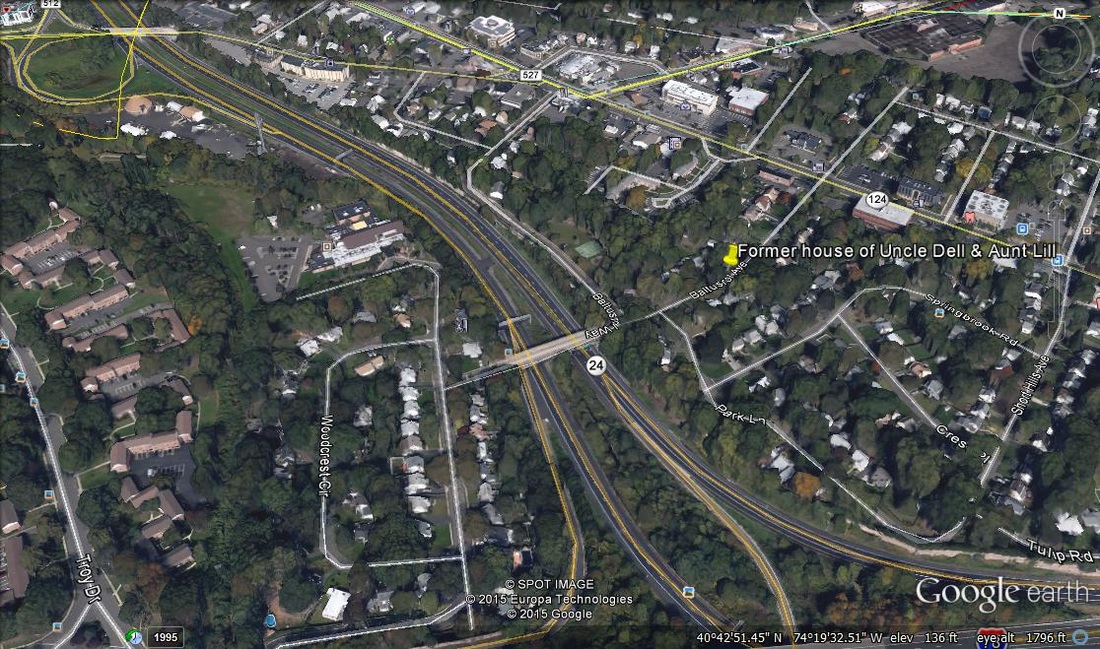 Aerial view from Google Maps which shows present day Baltusrol Avenue in Springfield, New Jersey. The yellow marker shows where my aunt and uncle's house stood, and the area in the central portion of the photo shows where the forest once stood. From a Joni Mitchell song: "You don't know what you've got till it's gone!" 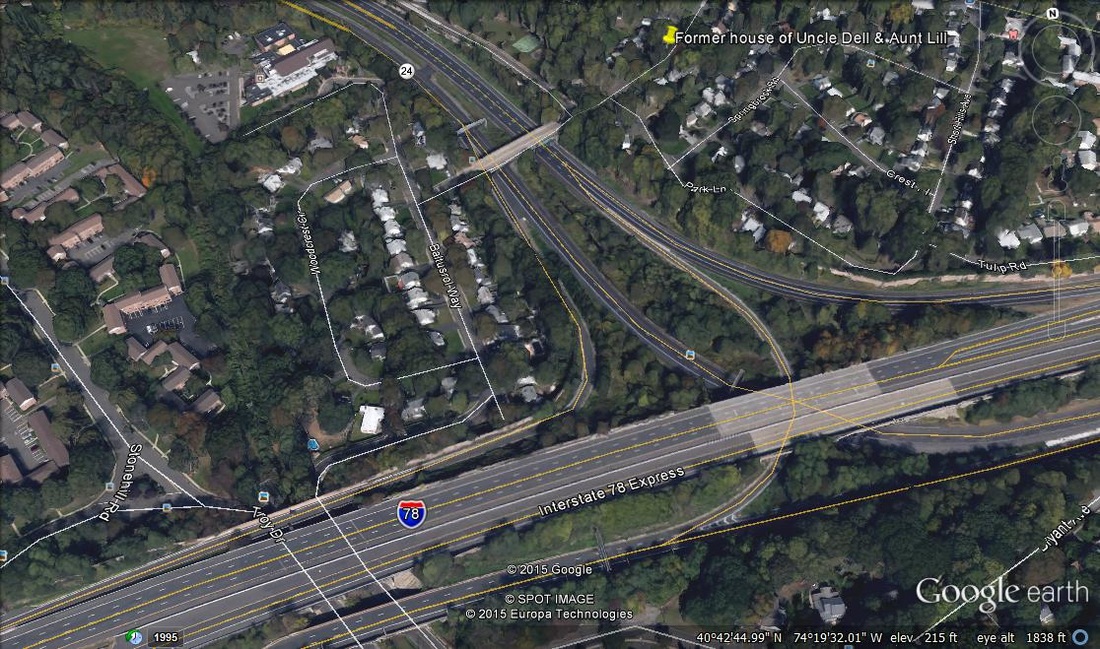 Another Google Maps image showing present day Baltusrol Avenue in Springfield, New Jersey. As Baltusrol extends westward, this is the area where the forest once stood, even extending down to where highway 78 now exists. Highway 24 now has overtaken this area. From Joni Mitchell: "They paved paradise and put up a parking lot!" I believe that construction took place around 1970 or thereafter. I don't think that Baltusrol Way or Woodcrest Circle were there in the Fifties or Sixties, and I don't remember Troy Drive or Stonehill Road being there either. Of course, my memory could be mistaken. An American folksong from Kentucky performed upon my vintage 1950's Iorio accordion, a 4/5 reed instrument in LMMH configuration. The sheet music is from "The Folksong Fake Book" published by Hal Leonard, a collection of over one thousand folk tunes from around the world. I remember listening to this song during the early 1960's Folk Revival, a time when so many folk artists were just coming into prominence. Some favorites from that era are Peter, Paul & Mary, Tom Paxton, Judy Collins, Pete Seeger, Bob Dylan, Eric Andersen, Dave Van Ronk, Ian and Sylvia Tyson, Phil Ochs and a host of other notable performers. I first heard Pete Seeger and the Weavers in the late 1950's and still marvel at their fantastic ensemble sound captured via historical recordings.
I remember the Folk Revival era from the late 1950's and early 1960's when folk music became such a popular style within our culture. The Kingston Trio had a series of hit singles and record albums just as new acts started to come onto the stage. My beautiful friend Gail introduced me to the folk music of Joan Baez and Bob Dylan, artists who were just emerging during the new decade of the Sixties. Previously I had been immersed in Classical music, Country music (Bluegrass), and Latin and European music. It was a startling sound to hear those glorious acoustic guitars and an occasional banjo accompanying the soloists and folk ensembles heard on the radio or via concerts or LP albums. There were many college and commercial radio stations in the New Jersey/ New York metropolitan area which broadcast folk music and featured shows highlighting the new acts as well as showcasing the more familiar names of that time. Gail loved Joan Baez and raved about the folk style which Joan perfected at that time. The lyrics were meaningful and poetic, words which stayed with you and spoke volumes to the heart and inner spirit. When Bob Dylan entered the scene with his first album, his songs became folk standards which captured the heart of an entire generation. Dylan's book "Chronicles" echoes some of the excitement and experimentation which occurred during those eventful years. This American folksong was one of the tunes I first heard during the early Sixties, and one which still manages to evoke the flavor and atmosphere of that remarkable era. I would like to dedicate this song to my friend Gail for revealing to me the lasting value and poetic richness of folk music. Wasn't that a time.... An African-American Spiritual performed upon my Hohner musette accordion, a 4/5 reed instrument in LMMM configuration. The sheet music is from "The Folksong Fake Book" published by Hal Leonard. This song appeared on the groundbreaking album by the Byrds entitled "Sweetheart of the Rodeo." Due to contractual problems with Lee Hazelwood and his L.H.I. label, Columbia Records had to re-record some selections on the album with vocals by Roger McGuinn to replace the originals by country singer Gram Parsons. Sony has released a version of this album which features all of the selections recorded by both McGuinn and Parsons along with the rest of the Byrds and several session musicians. Many cite this album as one of the first in the Country/ Rock genre and quite a distinctive departure from the Folk-Rock history of the Sixties group.
"Sweetheart of the Rodeo" was released by the Byrds in 1968 and features a nice selection of Country songs such as "I Am A Pilgrim," "You Ain't Goin' Nowhere," "Hickory Wind," and ""100 Years From Now." It is a unique crossover album which combines elements of Folk, Country, Rock and "Cosmic American Music," a phrase coined by country artist Gram Parsons. The complete and fascinating history of the Byrds has been captured by author Johnny Rogan in "The Byrds: Timeless Flight Revisited - The Sequel," published by Rogan House in 2008. Rogan's initial book was entitled "Timeless Flight: The Definitive Biography of the Byrds," published by Scorpion Publications/ Dark Star in 1981. A traditional Seasonal favorite performed upon my Hohner musette accordion. The sheet music is from "Hymns for Accordion," published by Empire Music Publishers in British Columbia, Canada. The arrangement is by Karl Olson.
This tune appears briefly in the Robert Zemeckis 2004 animated motion picture "The Polar Express." For just a few seconds you can hear this song being played by the Hobo atop one of the snow-covered railroad coaches on the train. As the Hero Boy comes face to face with the extraordinary presence of the Hobo sitting before a campfire, you can hear a brief snippet of the song played upon a Hurdy-Gurdy. But the momentary refrain is so short that one could easily miss it and not notice the identity of the song. I have held the adjacent bass notes down in couplet fashion in order to simulate the sound of the Hurdy-Gurdy, an unusual sound rendered even more pronounced via the distinctive tuning of this musette accordion. The Hohner is a 4/5 reed instrument in LMMM configuration featuring "wet" musette tuning, very different from the piccolo tuning or "dry" tuning of an LMMH "concert-tuned" instrument. Back in the 1950's this song appeared on the popular Mantovani LP album entitled "Christmas Carols" issued by Decca Records. That album quickly became a favorite in our household and still remains a favorite as re-issued on CD a few years ago on another label. The original Mantovani album was recorded at Kingsway Hall in London in 1953, but another release was issued in Stereo in 1958. What a beautiful sound from 28 strings, comprised of 18 violins, 4 cellos, 4 violas and 2 double-basses blended with woodwind, brass and percussion. The original release also featured the atmospheric organ at Kingsway Hall, adding a measure of nobility and stateliness to the overall score of these warmly remembered Carols. |
Author
|
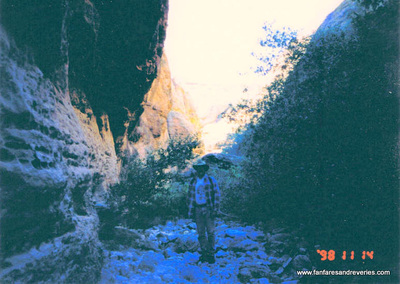
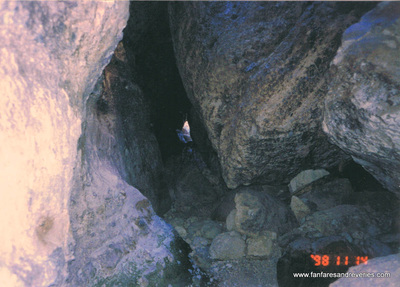
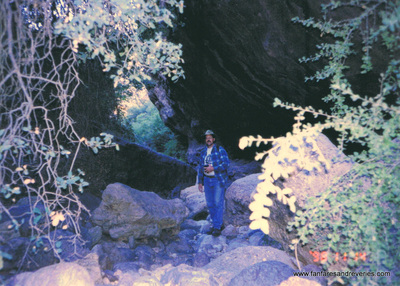
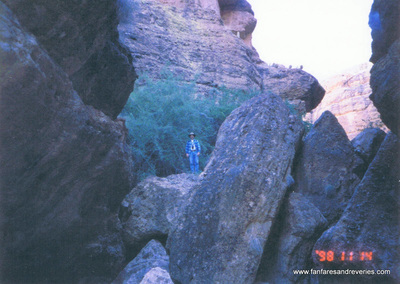
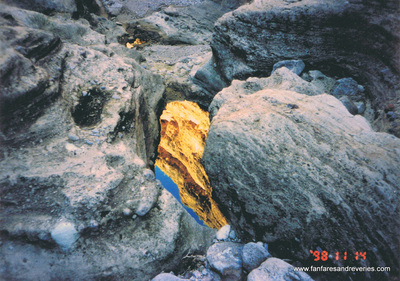
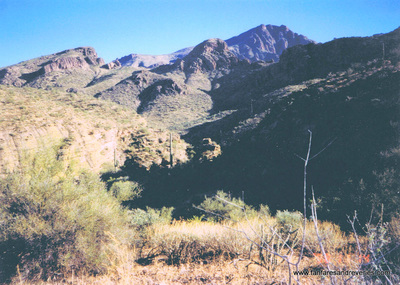
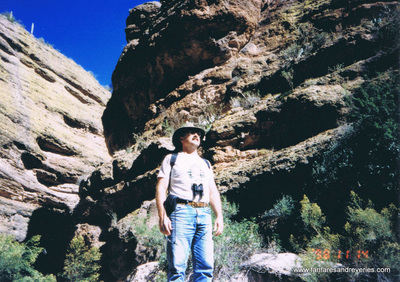
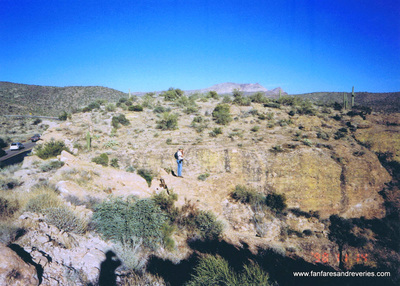
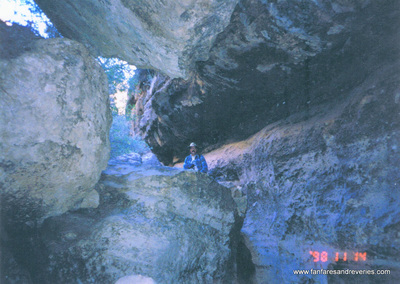
 RSS Feed
RSS Feed